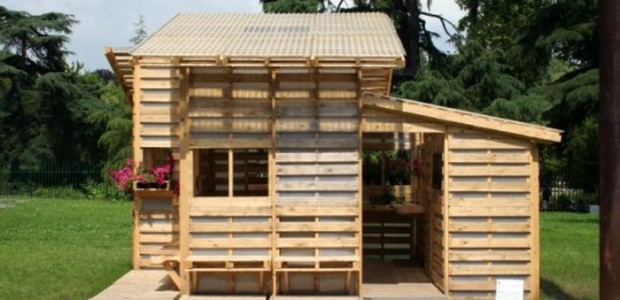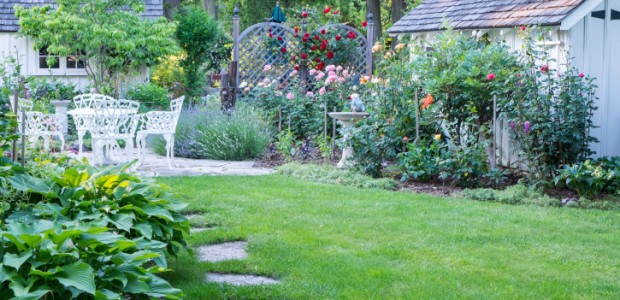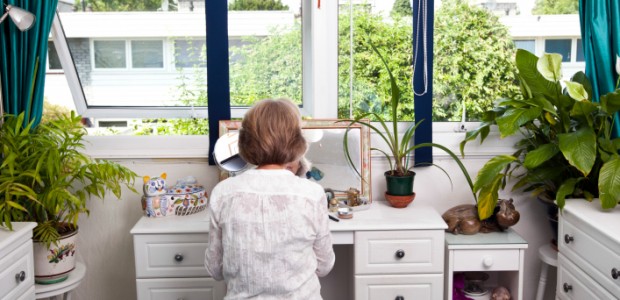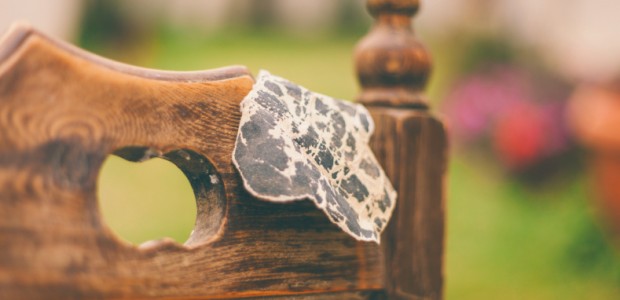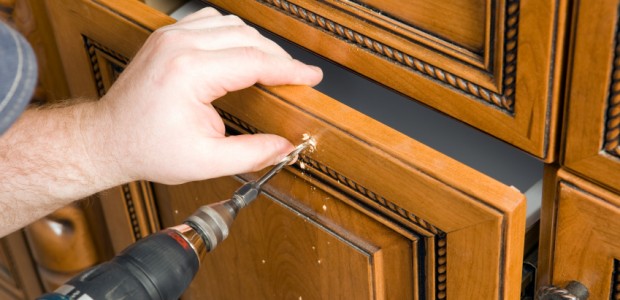Welcome To My Pallet House
As a child I always wanted a tree house, but ever since I saw Fern Gully, the movie, I did not want to hurt the rainforest. As an adult, I can now build my own tree house using reusable pallets. Thanks to two students from the University of Vienna who designed the Paletten Haus, I am able to make my childhood dream come true.
Want to make your own too? Go to a Home Depot and you’re bound to find wooden pallets being used to rest heavy objects or merchandise on top of them. But you will more than likely find a bunch of them next to an industrial trash bin outside of your local warehouse or supermarket. A lot of these stores receive these pallets during shipping of a large crate full of items. So they’ll actually be more than willing to simply give them to you for free if you ask for them. I actually got 4 different stores to hand them over to me for free, and none of them refused. This means that you’ll be able to build a house, an extra room, a shed, or even a cabin out of this stuff without having to spend so much on material.
You can go online and find blueprints on how to build one of these eco-friendly shelters just like that. It’s so easy in fact, that you can probably build a simple small shelter using about a hundred of these pallets. With the right power tools, nails and of course, help from your friends and family, you’ll have a 250 square foot home in a week or two. The stacking of these wooden pallets is fairly easy when making up the house. Just make sure that you make it so that the roof is slanted. This way, debris, snow, and water will slide down rather than getting stuck on top of your home.
So why go for these wooden pallets to make a modular style home as opposed to buying conventional material like plywood? Well for one thing, they are a whole lot cheaper than other types of wood, metal or other materials. You can even build a chicken coop, or tiny play house for less than $25 dollars. Click here to see a cool video on how to build a chicken coop.
Another great advantage is the fact that these bad boys are strong and durable. After all, they have to be if they’re able to hold heavy loads of items at hardware, department store and supermarkets. You certainly wouldn’t expect a company to use something flimsy to hold up merchandise that can tip over and crush a customer. With that same logic, you wouldn’t want to build a house that could be blown away by the wind or that your 2 year old daughter could bring down by leaning on it. With some common sense, you can stack up and nail these wooden pallets so that they create a bulky and sturdy house.
Now if there’s one thing you can say about wooden pallets is that they are easy to find. You don’t have to risk going to the hardware store and finding out that there isn’t enough material because there are as many wooden pallets out there as there are ants running around the planet. In the extremely rare event that a hardware store does not have any, you can scavenge the back of malls and shopping centers until you find enough pallets.
Learn about building one on your own here: DIY Pallet House. Sometimes you may find a pallet that has been damaged or one of the planks has come loose. Don’t worry. They are easy to fix. It’s just a matter of hammering a couple of nails and the pallet will be as good as new. Creating a home out of shipping pallets is not only an affordable way to build but it saves a lot of time, manpower, and is eco-friendly.
